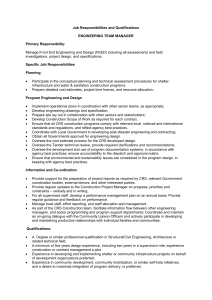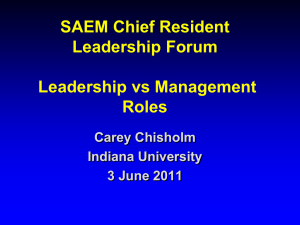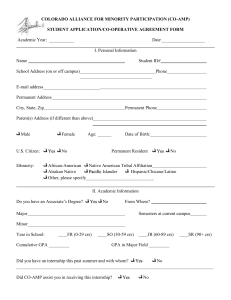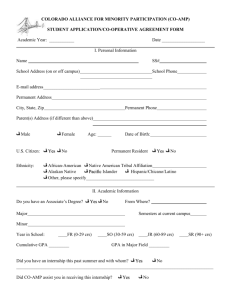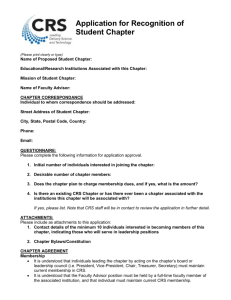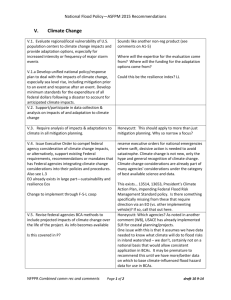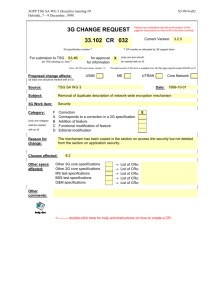The Bio-Metrica Census Registration System (CRS)™ is a modular
advertisement
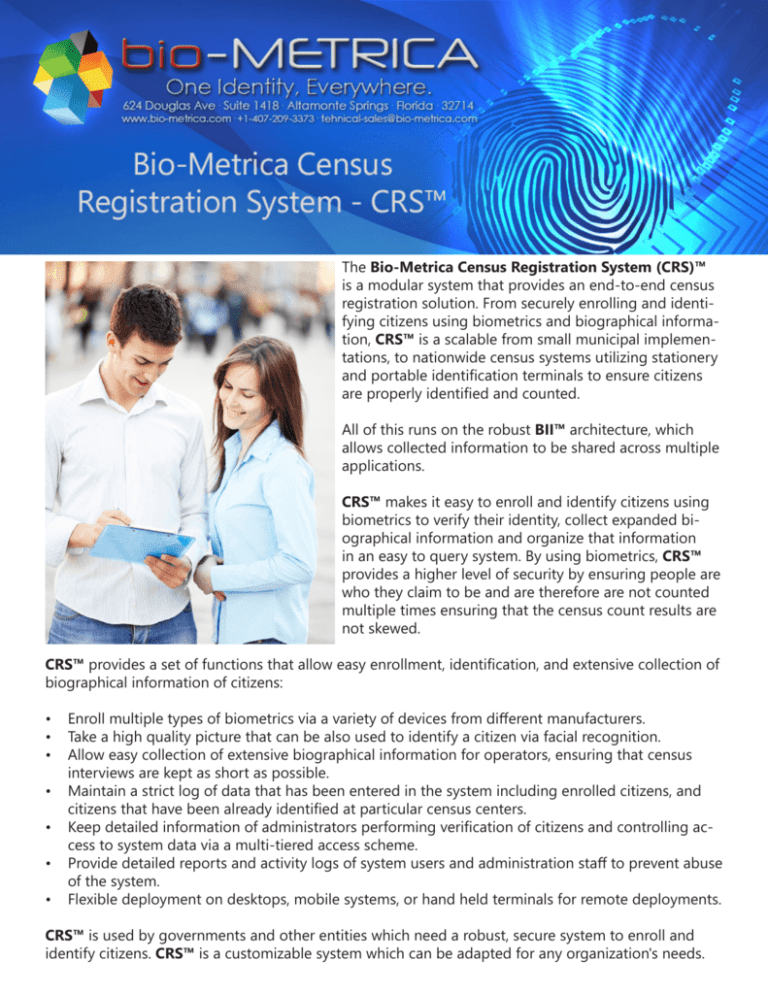
The Bio-Metrica Census Registration System (CRS)™ is a modular system that provides an end-to-end census registration solution. From securely enrolling and identifying citizens using biometrics and biographical information, CRS™ is a scalable from small municipal implementations, to nationwide census systems utilizing stationery and portable identification terminals to ensure citizens are properly identified and counted. All of this runs on the robust BII™ architecture, which allows collected information to be shared across multiple applications. CRS™ makes it easy to enroll and identify citizens using biometrics to verify their identity, collect expanded biographical information and organize that information in an easy to query system. By using biometrics, CRS™ provides a higher level of security by ensuring people are who they claim to be and are therefore are not counted multiple times ensuring that the census count results are not skewed. CRS™ provides a set of functions that allow easy enrollment, identification, and extensive collection of biographical information of citizens: • Enroll multiple types of biometrics via a variety of devices from different manufacturers. • Take a high quality picture that can be also used to identify a citizen via facial recognition. • Allow easy collection of extensive biographical information for operators, ensuring that census interviews are kept as short as possible. • Maintain a strict log of data that has been entered in the system including enrolled citizens, and citizens that have been already identified at particular census centers. • Keep detailed information of administrators performing verification of citizens and controlling access to system data via a multi-tiered access scheme. • Provide detailed reports and activity logs of system users and administration staff to prevent abuse of the system. • Flexible deployment on desktops, mobile systems, or hand held terminals for remote deployments. CRS™ is used by governments and other entities which need a robust, secure system to enroll and identify citizens. CRS™ is a customizable system which can be adapted for any organization's needs. Enrollment The Enrollment screen is where all data on the citizen is entered in the system. The operator will capture all the information in a customizable form and then enroll the user's fingerprints (or other biometric types) and take several photos. Enrollment generally includes both demographic and biometric information including identification characteristics, a picture, name, address and identification documents (by default the system will use fingerprints, but the biometric method can be customized according to customer requirements). In the case of a census system, an extended demographic section will be included for the operator to fill out. Enrollment can be configured in a way that it will not let the operator to save the information until a set of activities are established, such as high resolution fingerprints, minimum number of fingerprints captured, specific mandatory fields, high resolution pictures taken, immediate duplication search within the local database, and near real time duplication search for the entire database, etc. Identification / Verification After enrolling the citizen, CRS™ makes it easy to confirm their identity for follow up interviews. CRS™ uses a variety of methods to identify and verify the identity of a citizen. There are two types of searches that can be performed. • Verification Search (1:1): An operator can enter biographical information for the citizen in order to locate the specific record. • Identification search (1:N, 2:N, 4:N or 10:N): This method will take a fingerprint and compare it to all other fingerprints in order to find a matching record. In order to minimize the amount of records the search is required to go through, the operator can also enter some combination of a biographical plus biometric trait. Out of the two the short list search is the most efficient and utilizes less server resources. Fraud Management While CRS™ makes it very easy to enroll new citizens, there is always the possibility for people to try and take advantage of a system through the easiest way: Through Operators. In order to ensure fraudulent data is not in the system, CRS™ runs two methods of checking newly entered information is both unique and genuine. Both of these searches are run nightly to check new records crated during the day. • Biometric Duplication Search: This search method takes each of the enrolled biometrics and compares them against all of the previously enrolled records in the database. • Biographic Information Search: The second search takes the biographical information collected during enrollment and performs a comparison against text entered in other records. In the Fraud Management area, results from both of these searches are displayed, and combined to allow investigators to remove fraudulent records as well as identify individuals who are perpetuating the fraud.
